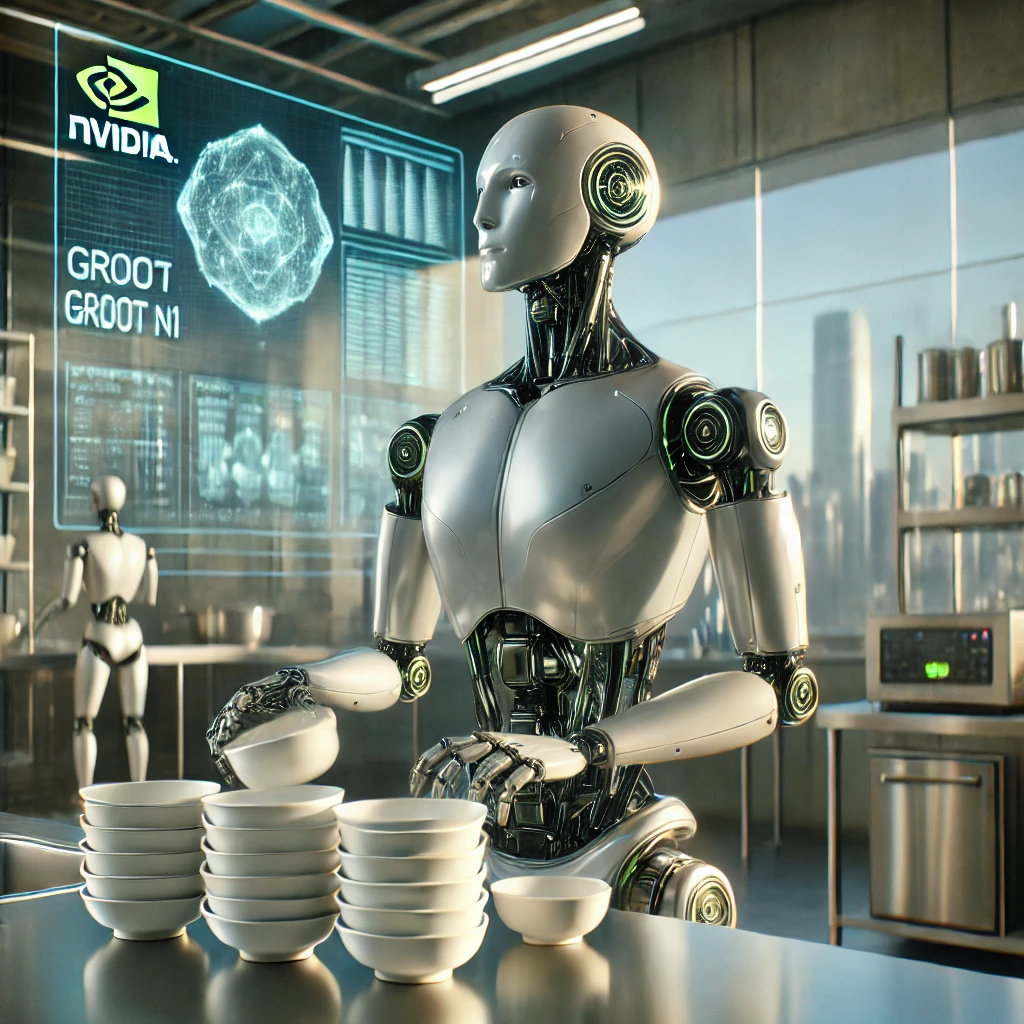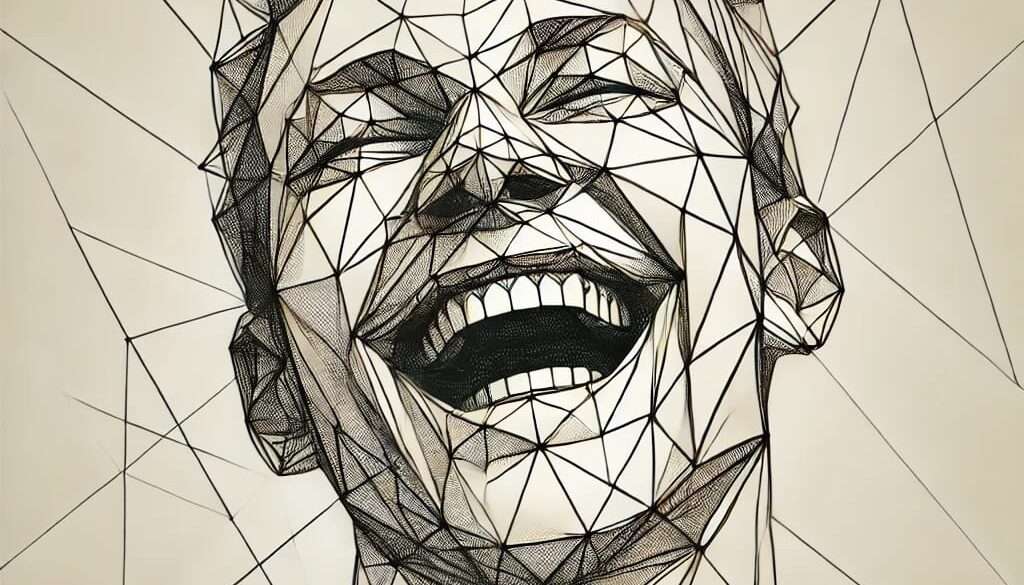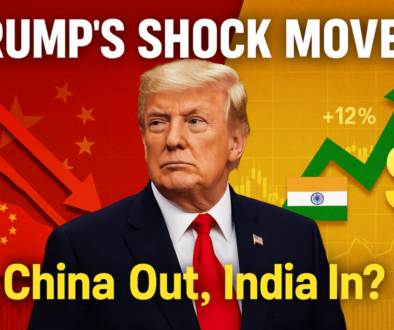Sam Altman Talks AI, Image Generation, and India’s Role in Tech Innovation – Key Insights from His Interview
Introduction: A Visionary Dialogue on AI’s Transformative Power
Hello friends, I’m Harsh, and today I’m taking you deep into an electrifying interview between Sam Altman, the visionary CEO of openAI, and Varun Mayya. This conversation is more than just talk—it’s a masterclass in understanding how artificial intelligence is reshaping our world, from India’s meteoric rise as a tech powerhouse to the future of work in an AI-driven era.
Sam, with his decades of experience at the forefront of Silicon Valley and his leadership at openAI, brings a wealth of insight that’s both inspiring and actionable for creators, entrepreneurs, and job seekers. Whether you’re curious about image generation, worried about automation, or eager to tap into India’s tech boom, this detailed breakdown will give you the full picture. Let’s dive in.
Podcast : Click Here
The Image Generation Revolution: A Billion Images and Creative Explosions

The interview opened with a deep dive into openAI’s image generation tool, which Varun praised as a game-changer. Having had early access, he shared how he’s using it for a range of applications, from mood boarding and user interface (UI) design to generating 3D model views—front, side, back, and even height maps for texture mapping. This process involves feeding the generated images into other models to create meshes and apply textures, enabling everything from video game assets to architectural visualizations. The speed and versatility of this tool, which didn’t exist a few months ago, left Varun in awe, and Sam echoed that sentiment.
Sam revealed staggering statistics: the tool is on pace to surpass a billion images generated in the near future. “Way more images than I thought the internet had an appetite for,” he said, underscoring its global impact. But the real story isn’t just the numbers—it’s the creativity unleashed. While the initial viral trend was turning people into anime characters, Sam highlighted a dizzying array of use cases. Small businesses are designing logos and marketing materials, graphic designers are creating intricate illustrations, and hobbyists are exploring surreal art forms. He cited specific examples, like environmental activists visualizing climate change scenarios or fashion designers prototyping collections virtually, showing how the tool lowers barriers for professionals and amateurs alike.
This creative explosion isn’t without challenges. Critics worry about issues like deepfakes, copyright infringement, and the potential devaluation of traditional art skills. However, Sam sees it as a net positive, arguing that technology has always democratized creativity—think of how digital cameras revolutionized photography or how Adobe Photoshop transformed graphic design. For India, this tool is particularly transformative, given the country’s vibrant creative industry and growing tech ecosystem.
ALSO READ : The Shocking Saga of an American YouTuber’s Mikhailo Polikoff Reckless Journey to North Sentinel Island
India: The Fastest Growing AI Market and a Global Powerhouse
India’s role in this AI revolution was a standout moment in the interview. Sam declared India openAI’s fastest-growing market, a position it’s earned through rapid adoption and innovative use cases. During his recent visit, he was inundated with stories of how Indians are integrating ChatGPT and other AI tools into daily life. Students use it to learn coding, entrepreneurs automate customer service, freelancers generate content, and farmers optimize crop yields—examples that highlight AI’s penetration across urban and rural divides.
This growth isn’t accidental. India’s tech infrastructure, bolstered by initiatives like Digital India, UPI, and a thriving startup ecosystem, has created fertile ground for AI. Reports from Nasscom and McKinsey estimate that AI could contribute $1 trillion to India’s economy by 2030, with sectors like IT services, healthcare, and education leading the charge. Sam noted, however, that pricing remains a hurdle. openAI’s current models, while powerful, are compute-intensive, making them expensive for mass adoption in a price-sensitive market like India. He assured that the company is working on more efficient algorithms and hardware to lower costs, a move that could unlock even greater potential for Indian users.
India’s success also stems from its human capital. With over 5 million tech professionals and a young, tech-savvy population, the country is uniquely positioned to lead in AI development and consumption. Sam’s optimism is shared by global leaders, with companies like Google, Microsoft, and Amazon investing heavily in Indian talent and infrastructure. This positions India not just as a consumer but as a hub for AI innovation, from Bengaluru’s tech corridors to Mumbai’s creative studios.
ALSO READ : Donald Trump’s 125% Tariff Shocks China: A Deep Dive into Global Trade, Markets, and Opportunities for India
How AI is Reshaping Jobs: A Nuanced Look at Automation and Opportunity
The interview tackled the elephant in the room: how AI affects jobs. Varun voiced a common fear—that tools like image generation and ChatGPT might replace human workers. Sam offered a sophisticated, data-backed response, distinguishing between automation, augmentation, and entirely new roles.
Automation: Which Jobs Are at Risk?
Some jobs, Sam explained, are prime candidates for full automation. He cited customer support as an example, where AI can handle routine queries 24/7, reducing the need for human agents. Data from Gartner suggests that by 2025, AI could automate up to 30% of customer service roles globally. Similarly, repetitive coding tasks—bug fixing, documentation, or boilerplate generation—are already being handled by tools like openAI’S Copilot, which GitHub reports boosts developer productivity by 55%.
However, Sam stressed that total replacement is rare. Most jobs will evolve, with humans using AI as a partner. In creative fields like graphic design, UI/UX, and video editing, AI won’t eliminate roles but will raise the bar for quality and efficiency. For instance, a designer might use openAI’s image tool to generate dozens of logo concepts in minutes, then refine them based on client feedback, producing work that’s both faster and better.
New Roles: The Rise of Prompt Engineers and Beyond
Sam introduced “prompt engineering” as a new frontier—a role that didn’t exist before AI but is now critical. Prompt engineers craft precise inputs to maximize AI outputs, blending technical skill with creativity. Companies like Google, and Anthropic are hiring these specialists, with salaries in the U.S. ranging from $100,000 to $200,000 annually. In India, this role is emerging in cities like Bengaluru and Hyderabad, offering young professionals a chance to enter tech without traditional coding skills.
Other new roles include AI ethicists, who ensure tools are fair and unbiased, and AI trainers, who fine-tune models for specific industries. Sam also predicted the rise of “AI agent managers,” who oversee autonomous systems that book appointments, manage schedules, or even build software. These roles require a mix of technical knowledge, strategic thinking, and adaptability—skills India’s workforce is well-positioned to develop.
The Strength to Be Misunderstood
Drawing from personal experience, Sam recalled being dismissed as a young programmer, with adults urging him to pursue “stable” careers like medicine or law. Today, programming is a high-status field. He urged readers to embrace “the strength to be misunderstood,” a concept from his blog post of the same name. This mindset, he argued, is crucial for innovators who face skepticism but believe in their vision. For example, early YouTubers were ridiculed as “not real jobs,” yet today, content creation is a multibillion-dollar industry.
The Artist’s Dilemma: Balancing Craft, Efficiency, and Ethics
Varun raised a cultural debate sparked by Hayao Miyazaki’s criticism of AI art, reflecting a broader tension among creators. As someone who’s spent nearly a decade making videos, Varun admitted feeling both frustrated and relieved. The ease of AI tools can diminish the craft—the hours of sketching, editing, and refining that once defined artistic mastery. Yet, as an entrepreneur, he appreciates how AI reduces stress, speeds up production, and cuts costs, which is vital for managing teams and payrolls.
Sam framed this as part of technology’s historic role in democratizing creativity. Thirty years ago, video production required expensive camcorders, VHS tapes, and complex editing suites, with distribution limited to physical media. Today, anyone with a smartphone can shoot, edit, and share content on YouTube, reaching millions. While this has increased competition and diluted some traditional skills, Sam argued it’s a net benefit. “Giving everyone more tools, making things easier, lowering barriers to entry significantly increases the number of people who can contribute,” he said.
He cited historical parallels, like the transition from hand-drawn animation to digital tools, which initially sparked outrage but ultimately enriched the industry. For modern artists, he suggested that AI opens new avenues—think virtual reality artists, AI-enhanced filmmakers, or NFT creators. However, he acknowledged ethical concerns, such as ensuring AI doesn’t plagiarize or devalue human effort. openAI, he noted, is investing in safeguards like watermarking AI-generated content and collaborating with artists to set industry standards.
ALSO READ : Trump 50% Tariff on China 2025: Impact & Risks Explained
The Future of Coding: When Will Code Become English, and What Does It Mean for India?
Coding automation is a hot topic, especially for India, where IT services exports total $250 billion annually. Varun referenced timelines from openAI’s CPO, Kevin, predicting that by 2025 or 2026, much coding could be done via natural language (e.g., English) rather than traditional code. Sam was more cautious but equally optimistic, focusing on productivity leaps rather than full replacement.
He suggested coders could become 10x more productive within a year or two, building on current gains of 2x to 3x. Tools like openAI’s coding assistants already help developers debug, generate boilerplate, and suggest optimizations, shaving hours off projects. A 2023 Stack Overflow survey found that 70% of developers use AI tools, with productivity gains of 30-50% reported. Sam envisioned a future where developers simply describe a feature in plain English, and an AI agent writes, tests, and deploys it, reducing coding to a supervisory role.
For India, this raises both risks and opportunities. On one hand, less-skilled engineers building simple apps might face competition from AI-augmented peers or offshore teams using cheaper tokens. On the other, Sam saw a massive opportunity: global demand for software is insatiable. As AI lowers costs, demand could surge, creating more jobs than it displaces—a phenomenon known as Jevons Paradox, where efficiency drives consumption. He cited examples like mobile app development, where lower costs led to a boom in startups and freelance opportunities.
To stay relevant, Sam advised India to invest in upskilling programs, focusing on AI literacy, prompt engineering, and agent management. Government initiatives like the National AI Strategy and private sector partnerships could ensure that Indian engineers don’t just compete but lead in this new era.
AI Agents: The Next Frontier of Automation and Everyday Use
Sam was particularly excited about AI agents—autonomous systems that act independently. In coding, he envisioned agents taking a feature request, writing the code, testing it, and presenting a pull request, all without human intervention. “That will feel very crazy to people,” he said, but it’s imminent. For consumers, he predicted agents handling everyday tasks like booking cabs, ordering food, or managing schedules, turning AI into a personal assistant.
He contrasted this with current tools like Deep Research, which are passive and low-risk, requiring human oversight. Future agents, he suggested, will be proactive, learning user preferences and acting independently. By late 2025 or early 2026, he expects these agents to become mainstream, creating roles like “AI behavior designers” or “agent trainers” who ensure systems align with human needs. For India, this could mean a surge in demand for tech support, data annotation, and AI ethics roles, further boosting the economy.
Career Advice for the AI Era: Don’t Get Left Behind
What if you’re at a legacy company slow to adopt AI? Sam’s advice was clear: move to a faster-moving organization. “Companies that don’t adopt these tools will be in a tough place,” he warned, citing examples like Blockbuster, which failed to adapt to streaming, versus Netflix, which embraced innovation. He emphasized personal responsibility for career success, urging individuals to seek environments where they can learn and experiment with AI.
For young entrepreneurs, he discouraged chasing “safe” ideas. Instead, he encouraged pursuing “crazy” visions, even if dismissed as “wrappers” on existing tech. Great companies, he said, often start as underdogs. He cited xAI itself, which faced skepticism early on but now leads in AI innovation. For India, this mindset could spawn the next global tech giant, leveraging the country’s talent and market potential.
A Counterintuitive Insight: AI as a Tool, Not a Revolution
In a surprising twist, Sam shared a counterintuitive insight: he once thought AI would cause a seismic societal shift, like something out of science fiction. Instead, he’s found it to be a “crazy powerful tool” that enhances life without radically disrupting it. “I’m actually very happy about that,” he said, noting that gradual change is healthier than sudden upheaval. This perspective aligns with data from Pew Research, which found that 58% of Americans see AI as a helpful tool rather than a threat.
For India, this means AI can be a bridge to prosperity, not a barrier. By integrating these tools thoughtfully, the country can enhance education, healthcare, and commerce while preserving cultural values and human oversight.
ALSO READ : Global Trade War Ignites – China’s 34% Tariff on U.S. Sparks Chaos!
Conclusion: India’s Bright Future in the AI Age
Thank you for joining us on this deep dive! Sam Altman’s interview with Varun Mayya offers a roadmap for navigating the AI era. India’s rapid adoption of these tools positions it as a global leader, and with companies lowering barriers, the potential for innovation is limitless. Whether you’re an artist, coder, or entrepreneur, the message is clear: embrace change, upskill, and have the strength to be misunderstood.




